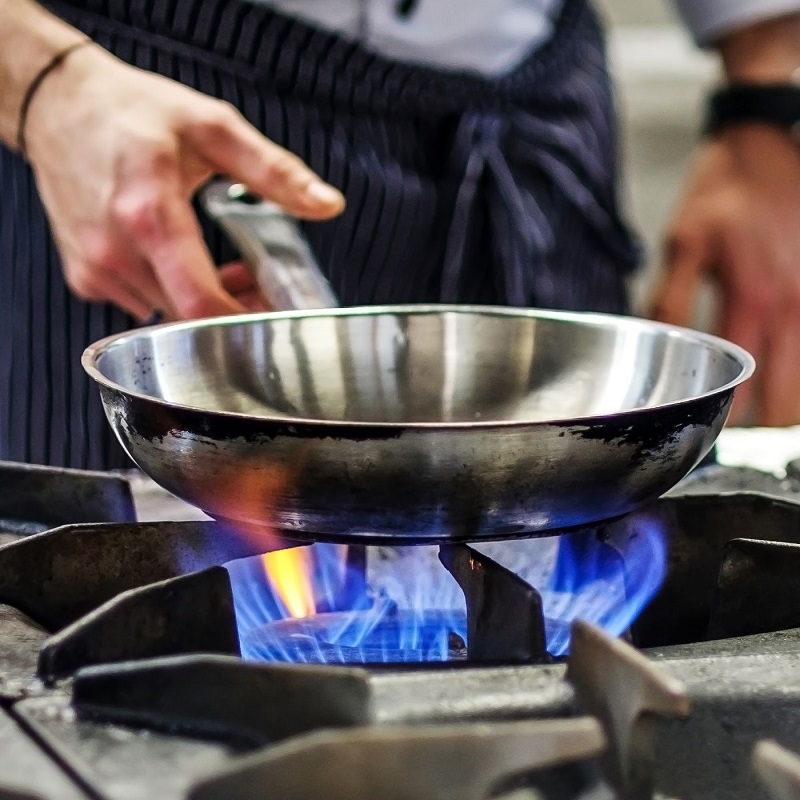A recent study in the International Journal of Environmental Research and Public Health published in the United States suggested that nearly 13 percent of childhood asthma cases in the country could be attributed to gas stove use. Health experts also added that although the research is not conclusive, there are concerns that gas stoves can contribute to other indoor air pollution.
The study sparked worries among parents and raised public consciousness about the potential health risks from these common household appliances. More than 40 million households in the US are known to use gas stoves for cooking. Burning of natural gas generates indoor air pollution of nitrogen dioxide, carbon monoxide and particulate matter, which are known to affect the respiratory tract and have been associated with asthma prevalence.
While electrical stoves would reduce or annul the presence of these agents, this isolated action will not on its own reduce indoor air pollution. Other home combustion devices that are left on far longer than a cooking stove, such as fireplaces, wood-stoves, and kerosene heaters, can also be factors for indoor air pollution.
One study in 2022 reported that gas stoves can result in excess methane and nitrogen oxides (NOx) — the latter of which has been associated with increased respiratory disease risk. These substances can be environmental triggers that worsen asthma or other respiratory conditions. The researchers behind the study stated that data obtained from their study suggests that people who do not use cooking range chimney hoods or who have poor ventilation in the kitchen can surpass the national standard of 100 ppb of nitrogen dioxide (NO2) within a few minutes of stove usage, particularly in smaller kitchens,
If you are looking to prevent any potential risks from gas stoves, the best thing to do is to ensure you have adequate ventilation in the kitchen while using gas stoves. Turn on the exhaust fan in the kitchen, if you have one or simply open a window. Or if you have purchased a HEPA air purifier during the COVID-19 emergency, you can put it to double use in the kitchen.
Other best practices recommended by experts include regularly checking your carbon monoxide detectors and getting one for your kitchen if you do not have one already. You can also consider seeking alternatives to gas stove cooking, including electric appliances such as microwaves, slow cookers, air fryers, or toaster ovens.

